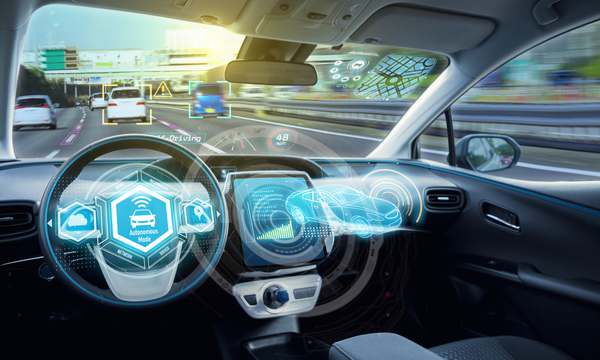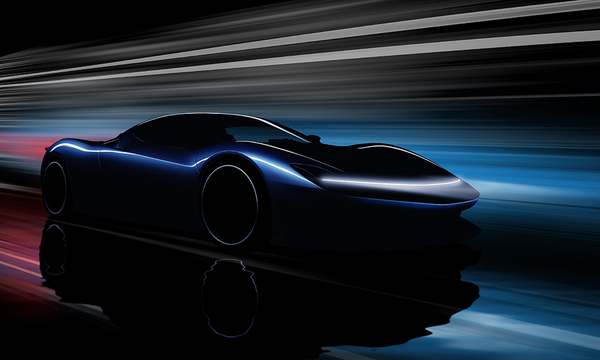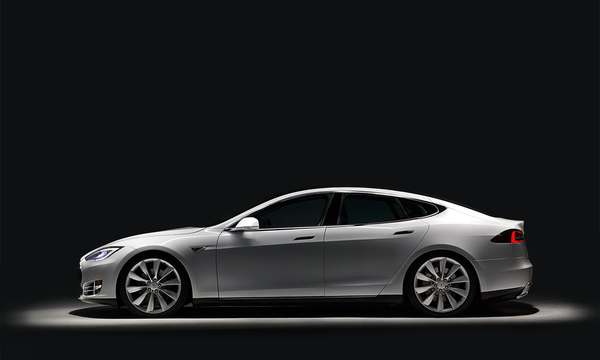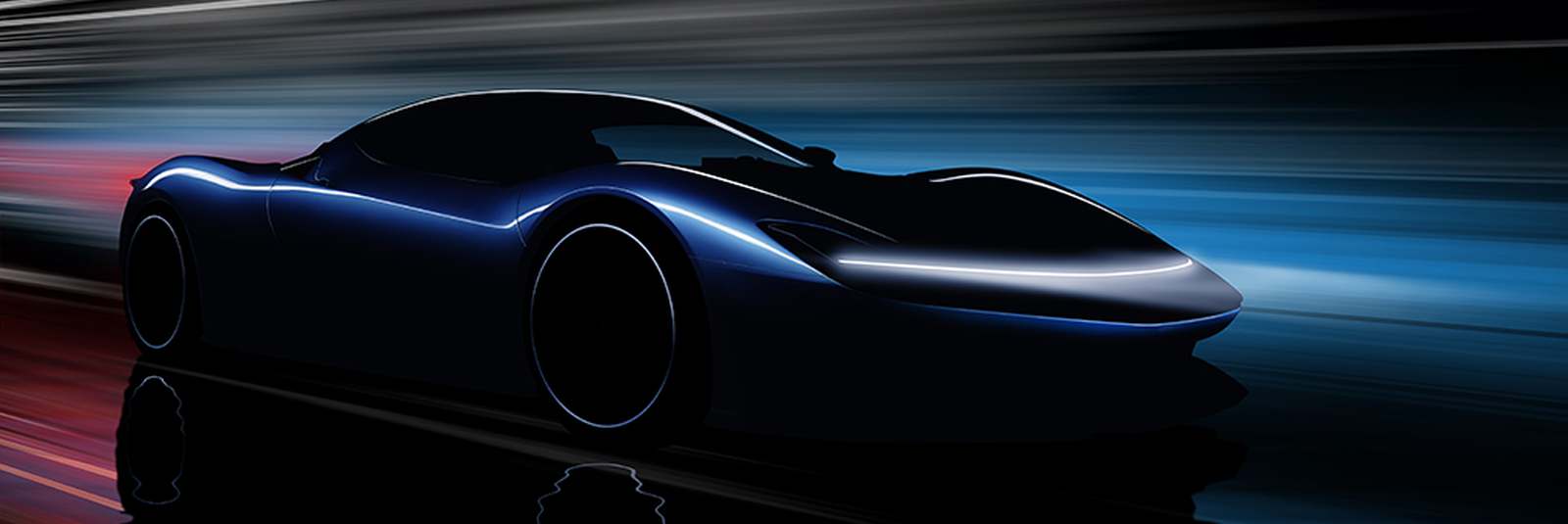
Car-to-Car Communications a Standards War
This article is from the CW Journal archive.
Defining standards is not boring. The tight coupling between market volume and product price requires companies to invest substantial R&D to achieve a price point that allows really high volume markets to be created. Those volumes are underpinned by standards. It may appear that standards are made by experts who swan off to exotic locations every six weeks or so to talk in acronyms while arguing the merits of an individual companies technology and secure a place in the new standard, with all the IP and commercial benefits that ensue but it is the consequences that makes the standards interesting.
Nowhere is this better illustrated than in cellular.
The early 90s saw cellular unite around GSM. The market took off apace and, decades of investment later, a 2G-compatible chipset now costs about a dollar, with multi-mode 2G/3G/4G chipsets not all that much more. There are characteristics of the cellphone market that encouraged this rapid consolidation into one global standard: the need to invest substantial sums in infrastructure prior to revenue; the scarcity of spectrum and the way that it is managed; and the innate desire of humans to talk to each other.
In other markets standards have been less successful. It took a long time for Wi-Fi to achieve the simplicity and ubiquity that drives growth. Digital video broadcast standards fragmented early on and this slowed growth. Multi-standard receivers are more complex and expensive to develop and require manufacturers to be able to convince themselves that the market is there and the standards won’t change in the short-term.
|
GET CW JOURNAL ARTICLES STRAIGHT TO YOUR INBOX Subscribe now |
Markets and technologies are not the only powerful forces here; there is also politics. Major political blocks want to hold on to the value generated and control the core technology. Standards are one of the ways to achieve control. Those early 2G standards were written in English, provided only in ring-binders, and contained lots of internal self-references. Not ideal for Asian readers. Perhaps in response, Chinese 3G standards for TD-SCDMA were equally obfuscated.
The same sort of things are happening in the connected-car arena, but it is more difficult to see a positive outcome.
Firstly the market. Frankly it’s small, there are only about 100 million vehicles made every year – there are about that many cell phones in the UK alone – with smartphones selling between 1.5bn and 2bn a year.
For component and system manufacturers, the connected car market will be a significant one when it takes off, not because of its size but because of its value. The chips and boxes are more expensive than mobile phone or IoT communications modules but the manufacturers still need to see a single global market for their products to get the economies of scale they need to offer attractive pricing. It could be argued that all the excitement and interest in the connected-vehicle market that is coming from chipset suppliers is because they need a new, exciting and interesting market that demands complex silicon and pays good prices – and there aren’t many of those.
Secondly, the take-up rate. With digital video or cellular communications the user equipment is connecting to an infrastructure that has been provided by a national or international player. Those companies also provide the initial capital investment, which is often at risk before the service is up and running, in anticipation of a return through their services. This success is not assured.
The benefit is that once the infrastructure is in place the number of users it serves can grow very rapidly. This is not the case in peer-to-peer communications such as car-to-car. It’s similar to when fax machines were introduced; it took off slowly because you could only fax to another fax machine. It takes two to tango.
|
Interested in our Transport and Automotive Special Interest Group? |
The connected car can connect either to roadside infrastructure, V2I, or to another vehicle, V2V. For autonomous vehicles, the second application is the more critical and the one with the higher potential volumes – it’s one of the things that stops them driving into each other at obscured junctions. This requires both vehicles to be equipped with compatible systems that can talk to each other, very quickly, very reliably, and very safely. So V2V suffers from the “two to tango” problem: you only get the full benefit of your investment in the new technology if somebody has also invested in a technology that’s compatible with yours. History tells us that this slows the take-up of new products. The Car2Car alliance looked at this in the mid 2000s and concluded that most of the safety benefits require 30% of vehicles have the technology.
The US FCC first allocated spectrum for V2V almost 20 years ago. That was OK back then when 5.9 GHz was not particularly busy, but now there is pressure from other applications to use that spectrum. The Wi-Fi industry sees this spectrum as under-utilized and conveniently close to existing 5 GHz Wi-Fi systems, so they are pushing for a co-existence arrangement. Wi-Fi devices will recognise the existence of V2X transmissions at a particular place and time and back-off to ensure that the V2X system has priority access. Not surprisingly, the FCC has been cautious about such an approach, asking for demonstrations that this will be foolproof, but it has now agreed to move forward. Had the spectrum not been sat there under-utilized for a couple of decades this extra complication could have been avoided.
Premature excitement also damages the component suppliers, whose long development cycles need to be matched to anticipated demand. NXP Semiconductors in the Netherlands released its first V2X chipset in 2014 presumably the result of several years and several tens of millions of dollars invested. By 2017, they had sold their chips into some demonstrators and also into Delphi’s communications modules used in the Cadillac CTS. Cadillac sell fewer than 1,000 CTS cars per month. It’s doubtful that NXP has this down as a successful product line. Even so, the company has invested in further generations of the chipset to maintain its position in this slowly growing market. Investing so long ago gave NXP first-mover advantage in the standard that appeared as the only runner for V2X. It was making a judgement about the timing of take-up, not which standard would be dominant. It’s not that simple now there are now two contenders.
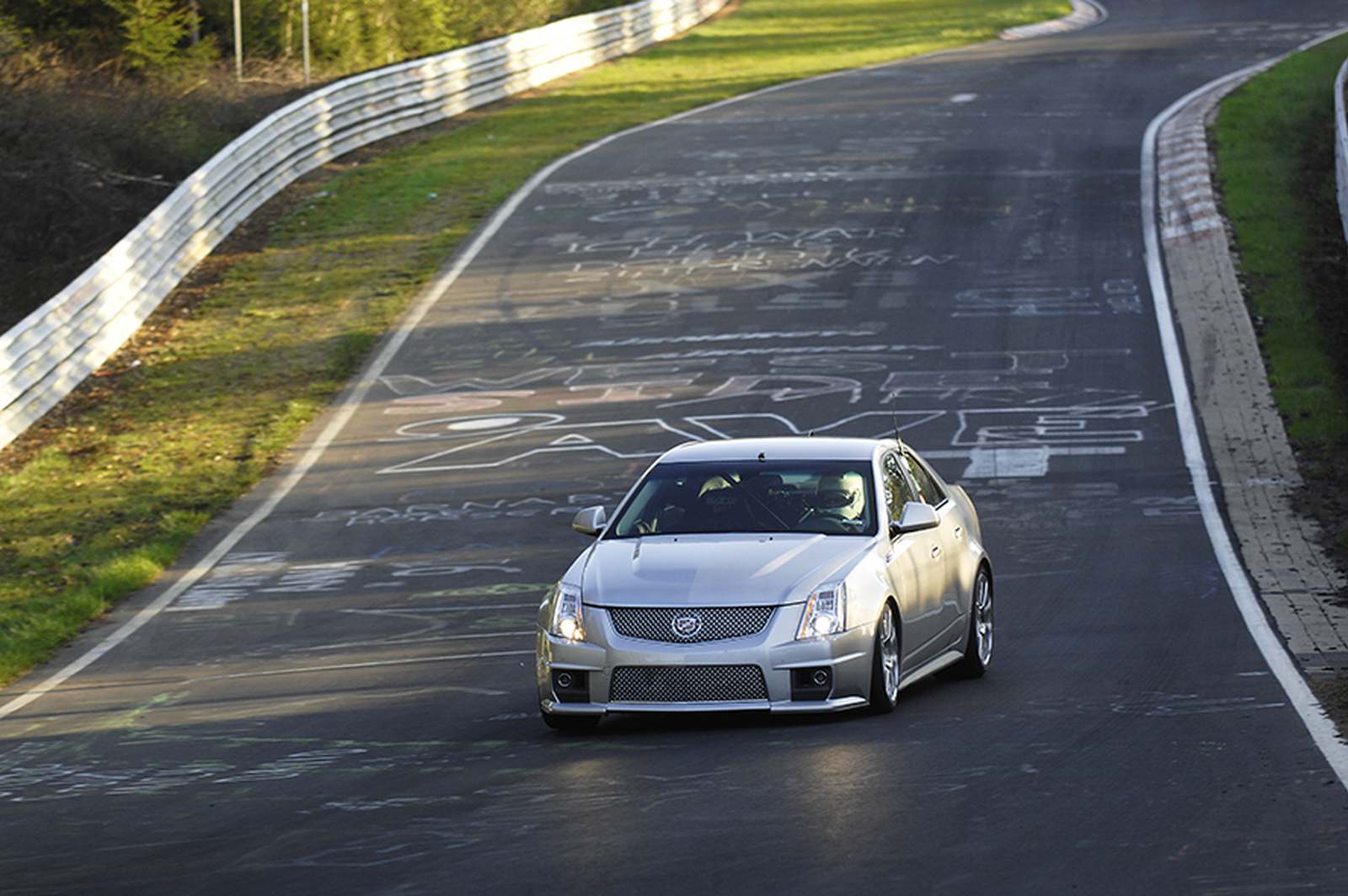
The car industry has long been concerned with safety for the obvious reason: ½mv2. There is a lot of kinetic energy in a moving vehicle and this can do a lot of damage.
Safety standards have been defined and applied to the automotive world since the 1865 man with the red flag but the car doing the thinking has concentrated efforts.
A key phrase is “functional safety”: freedom from unacceptable risk of injury or death. Functional safety is that part of safety that depends on a system operating correctly in response to inputs.
This brings into play some other considerations: what is tolerable risk? How are decisions made in an ethical content?
The overarching standard is IEC 61508 that sets out the requirements for ensuring that systems are designed, implemented, operated and maintained to provide the required safety integrity level (SIL). Four SIL levels cover different levels of risk with SIL 4 being the highest. In the context of the connected car ISO 26262 defines a best practice framework for achieving the Automotive SILs (ASIL).
ASIL D is the highest level and is particularly important as it calls for a very low level of single points of failure within the vehicle. Seeing as most MCUs today don’t achieve ASIL D in isolation and need additional redundancy it is pretty clear that achieving ASIL D for a complete vehicle is very tough. And expensive.
The first runner is called the Dedicated Short Range Communication (DSRC) in the US and Intelligent Transport Systems G5 (ITS-G5) in Europe. Both are based on a derivative of the IEEE 802.11 Wi-Fi standard, beefed up for low latency and fast response times, now called 802.11p.
The IEEE started working on its standard in November 2004 and, after evaluation, trials and analysis, it was finally ratified in July 2010. ETSI set about looking at the same topic later, also basing its solution on IEEE 802.11p, but with some variations in the higher level protocols, and it looked like this was going to be a battlefront. Sense prevailed and the systems are compatible so a single hardware and software solution can address both variants. The ETSI ITS-G5 standard was ratified in 2008 and has been followed by extensive pan-European trials.
At this point, it seemed like everything was on course for a single global standard with regional variations (Japan, for example) using the same underlying communications approach. In the ensuing years manufacturers have committed millions of miles of testing to these V2X communication standards.
nxp made a judgement on timing, not which standard. now that may be revised.
The cellular industry woke up much later but it has moved faster than the automotive industry to produce a second option and the 5G standards are being developed to include a V2X application. The motivation is clear because the automotive market will be valuable, even if the volumes are nothing like the consumer handset market. Furthermore, vehicles also needs conventional cellular communications, such as Wi-Fi, Bluetooth and GNSS, so there is scope for an integrated car comms chipset, with a variant of the 5G cellular chipset providing the V2X functionality. There are two motivations for proposing V2X based on cellular standards: firstly, the cellular operators wants to soak up all new communications activity and, second, the existing cellular chipset vendors see a means by which they can grab this market, too.
There is a third force, a geo-political one, interested in promoting a new approach: China and its companies are much more powerful today than they were 10 years ago when the IEEE 802.11p standard was being defined. The standards are now defined and the chipsets starting to emerge, so the value is being secured in the US and Europe. Revisiting the standard now is attractive to the Chinese: a new V2X standard gives the opportunity to get a stronger role in the industry and secure more value.
By every logical measure, the cellular V2X standard (C-V2X) should fail to gain traction. DSRC/ITS-G5 has been specifically designed for the connected car application, it is formed around a set of well-defined use-cases, it has been through intensive trials, and it is (albeit slowly) entering the market in cars in the US. In 2017, the FCC declared its intention to mandate it in US vehicles but has since backed off. Very recently, the EU has followed this lead and is mandating ITS-G5.
C-V2X was defined in 2016, in the 4G standards-making machine. This early incarnation required the network in the loop to manage car-to-car communications; direct car-to-car links was defined as part of the 3GPP standards in Release 14. In terms of maturity, the cellular contender is a decade behind the 802.11p versions. There is an argument that technology has moved on in that decade and we should go for the latest solution – but there is a counter-argument, particularly for an automotive application, that we need a solid, proven solution. DSRC/ITS-G5 has not helped itself here because there is scant progress towards a second-generation variant taking advantage of the theoretical and practical advances in the last decade, and this leaves it open for the C-V2X protagonists to push in.
|
GET CW JOURNAL ARTICLES STRAIGHT TO YOUR INBOX Subscribe now |
One major change in the last decade concerns the application. Autonomous cars are almost with us much earlier than many expected. If it were not for the emergence of this application, its doubtful that V2X technology would appear at all.
There is however regulatory pressure: The number of road deaths in Europe and the US has been stuck at around 40,000 per year for years and the industry agrees that the only way to get that down is to take decisions away from the driver. The question exercising everyone is how much of that can be accomplished autonomously and how much requires communications with the surrounding ecosystem.
Autonomous cars are different because they really need to talk to each other and to ordinary cars for systems and safety reasons. V2X can therefore be mandated at the birth of the industry. We can expect to see both V2X standards get traction initially. It looks like the US and EU are backing DSRC/ITS-G5 while China is backing C-V2X in a classic standards stand-off.
It may be that both systems survive, after all the automotive industry does not have a great record of standardisation – we don’t even all drive on the same side of the road! Whatever happens we are in interesting times.
In the real world there is a battle between Apple’s CarPlay and Google’s Android Auto but in the rarefied world of Ferrari ownership it’s a one-horse race. All Ferrari owners have iPhones so Ferrari is very much in the forefront of rolling out CarPlay, it was the first to launch in Europe.
The CarPlay system in the California is made by Magneti Marelli. It runs a proprietary version of Linux on a Freescale IMX6, a quad core processor with multiple rendering pipelines, but generally the heavy lifting of the work is done in the phone. When you plug the phone into the Lightning specific USB connector (there is a second USB port for lesser phones) the phone and the head unit recognise each other with the word CarPlay appearing.
A hard button takes you into Carplay mode, and from then on the buttons and controls are mostly under the control of CarPlay. To get back to Ferrari mode there is a Prancing Horse icon.
The whole system is designed to make the phone smart and the head unit dumb. The image on the screen is rendered in the handset and then video streamed to the head unit using H.264. The head unit will send XY co-ordinates back when you press on the capacitive touch screen so that the phone can work out which icon you’ve chosen. Protocols look after the handset understanding screen resolution and the use of the rotary controls but the head unit has no understanding of what icon you’ve pressed.
There are good reasons for using a wired connection. Though Bluetooth or Wi-Fi can connect to a phone in the driver’s pocket, the additional latency in the protocols can affect the application and when you are behind the wheel of any car, not just a Ferrari, tiny fractions of a second matter.
Other manufacturers will have to appeal to a broader church, and many are looking at having support for Android Auto, CarPlay and their own systems all in the car at the same time. And you can’t charge people for the ones they don’t expect to use but the software and its maintenance does add to the bill of materials. In most cases car companies will run QNX with Android Auto and CarPlay on top so upping the processor requirement.
It also needs better screens and connectors. Car manufacturers become prey to the changing whims of the phone companies as goalposts move. Abstracting the processing to the handset adds some futureproofing but a car like the California will last pretty much forever. Ferrari offers free roadside assistance to owners of cars back to 1946. Expecting Apple to keep the same connector for seventy months let alone seventy years is a tall order. All this cost and complexity it’s a problem to which even Siri doesn’t have an answer.
Tony has 30 years’ experience in the mobile communications industry and a PhD in control theory. Following a career at PA Technology and then as one of the founders of TTP, in 2000 he led the spin-out and flotation of TTP Communications plc, a major licensing business in cellular that was acquired in 2006 by Motorola. He was also a founder of ip.access, the femtocell business, and more recently led the spin-out of a soft modem start-up, Cognovo, from ARM Holdings. Cognovo was acquired by u-blox AG in 2012. u-blox is a $400m Swiss supplier of location and communications modules and chips that is focused on industrial, automotive and professional applications, particularly in the Internet of Things. For 5 years Tony drove the strategic expansion of u-blox and enabled a number of acquisitions that extended the scope and direction of the company. He is interested in creating new opportunities at the point where communications and computing converge.



